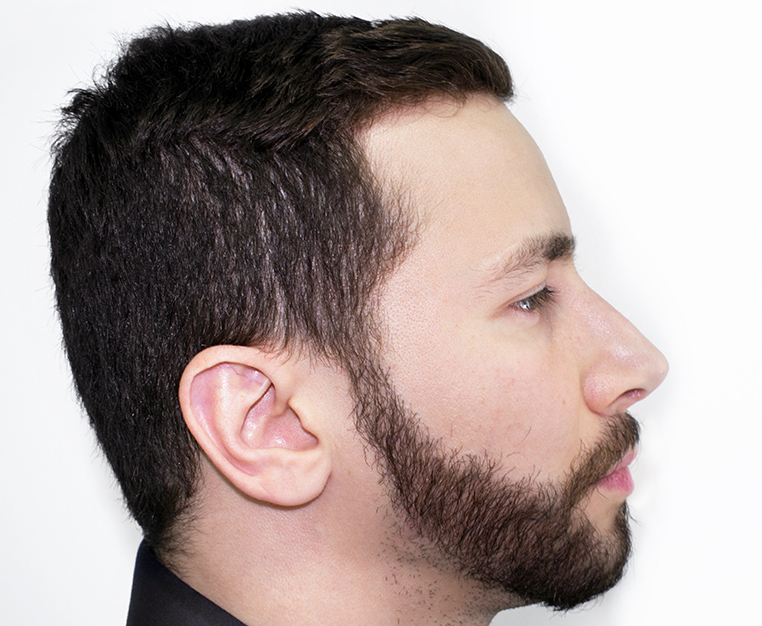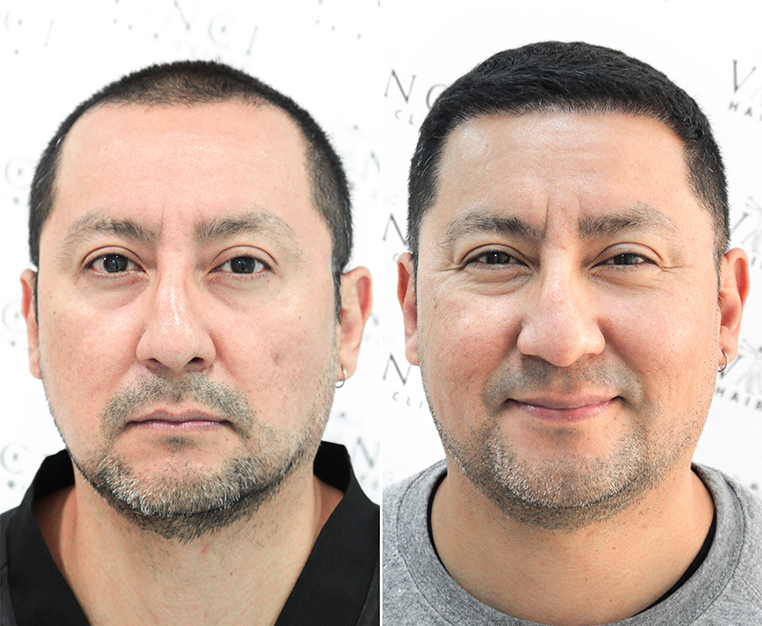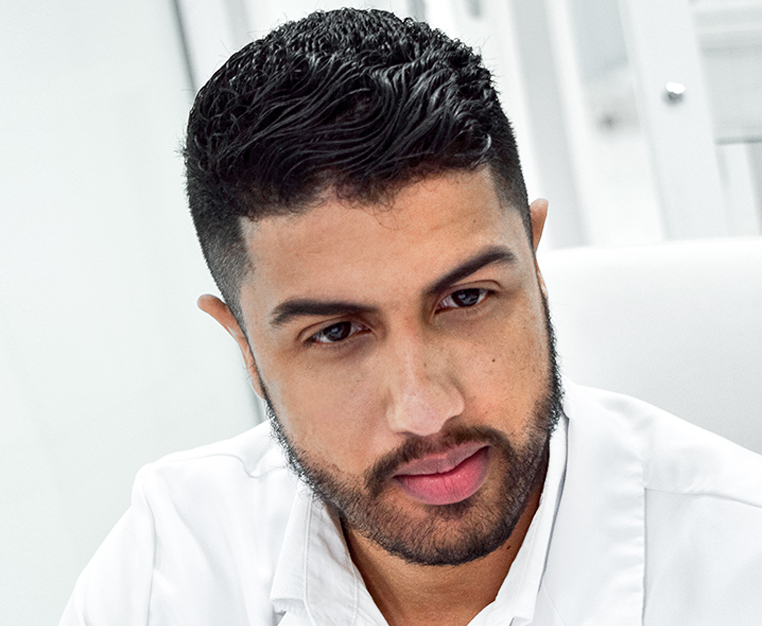Truly, the global hair restoration business is in rude health. Market researchers calculated that the hair transplant market generated nearly $5 billion worth of business in 2021. They also estimated that this figure would grow to $30 billion by 2030. Many factors are driving the surge in business, including the high-quality outcomes delivered by hair transplant clinics. In that respect, Follicular Unit Extraction (FUE) hair surgery has been a game-changer for the industry. But it’s not the only treatment worthy of comment.
This article is going to look at five procedures, including FUE, that have revolutionised the hair restoration business. Keep scrolling to learn more!
FUE
Let’s start with hair restoration’s flagship procedure, FUE hair surgery. Actually, let’s not. Let’s begin instead with the treatment that preceded it, namely Follicular Unit Transplantation (FUT). Also known as strip harvesting, FUT deserves its share of credit for shifting hair transplantation away from the pluggy-look of the early transplants. It represented a breakthrough in hair restoration and paved the way for FUE.
FUE followed where FUT led and further refined the follicular unit technique. FUE involves extracting individual hair follicles directly from the donor area using a punch tool. Unlike FUT, it does not require the removal of a strip of tissue. This procedure allows for the extraction of follicles one by one, minimising scarring and producing a more natural-looking result.
Platelet-Rich Plasma (PRP) Therapy
PRP therapy has been widely used in various medical contexts for many years; it is commonly used to heal sports injuries, for example. Recently, its healing properties and abundance of growth factors have been harnessed for use in the hair restoration field.
PRP is a non-surgical procedure during which a sample of the client’s blood is extracted and subjected to a centrifugation process to concentrate the platelets. It is then injected into the scalp. The growth factors in the platelets stimulate hair growth and improve the thickness and quality of existing hair.
PRP therapy is frequently used in conjunction with surgical hair restoration procedures or as a standalone treatment for individuals in the early stages of hair loss.
Low-Level Laser Therapy (LLLT)
LLLT is a non-invasive treatment that uses low-level laser devices or light-emitting diodes to stimulate hair growth. The light energy is absorbed by the hair follicles, promoting cellular activity and improving blood circulation to the scalp.
LLLT has shown promising results in slowing down hair loss, stimulating new hair growth and improving the overall quality of existing hair. It is commonly used as a complementary treatment alongside other hair restoration procedures.
Micro Scalp Pigmentation (MSP)
With MSP, medical-grade pigments are applied to the scalp to create the appearance of hair follicles or simulate a closely shaved hairstyle. It is a non-surgical, cosmetic procedure that is primarily used to address the aesthetic concerns of individuals with hair loss or thinning hair.
During an MSP procedure, the technician uses a micro-needle to deposit pigment into the upper layers of the scalp. The pigment is carefully matched to the individual’s natural hair colour and skin tone. This ensures a realistic and seamless result.
By strategically placing the pigments in the areas of thinning or balding, MSP creates the illusion of denser hair or a full head of closely cropped hair. It can be used to address a variety of hair loss conditions, including male and female pattern baldness, thinning hair and receding hairlines. It is also an effective scar camouflage.
Medications
Two medications have proven more effective at tackling hair loss than any other. These are minoxidil and finasteride. Minoxidil is an over-the-counter medication available in both oral and topical forms. It acts as a vasodilator, meaning it widens blood vessels and improves blood flow to the hair follicles. In this way, it aids the delivery of essential nutrients and oxygen to the hair follicles, promoting hair growth.
Minoxidil also prolongs the active growth – or anagen – phase of the hair growth cycle. This can potentially lead to an increase in the number and thickness of hair strands.
Finasteride is an oral medication that requires a prescription and is primarily used to treat male pattern baldness. By reducing dihydrotestosterone (DHT) levels in the scalp, finasteride helps to slow down hair loss and, in some cases, promotes hair regrowth.
Finasteride is typically taken as a once-daily oral tablet. It is generally recommended for men, and its use in women is limited due to potential risks during pregnancy.
Conclusion
Hair treatment used to be mocked for being an ineffective, aesthetically poor way for old men to waste their money. Now, it’s a hi-tech business producing great outcomes for a diverse clientele. The procedures we’ve looked at here have played a major role in getting hair restoration to this point.
If you’re concerned about hair loss, talk to a hair specialist sooner rather than later. Vinci Hair can help with that. One of the world’s leading hair restoration organisations, we have more hair specialists than most! We offer a free consultation to first-time clients. It can take place in person at one of our clinics or over the phone using photographs. Contact us today to make the appointment!





